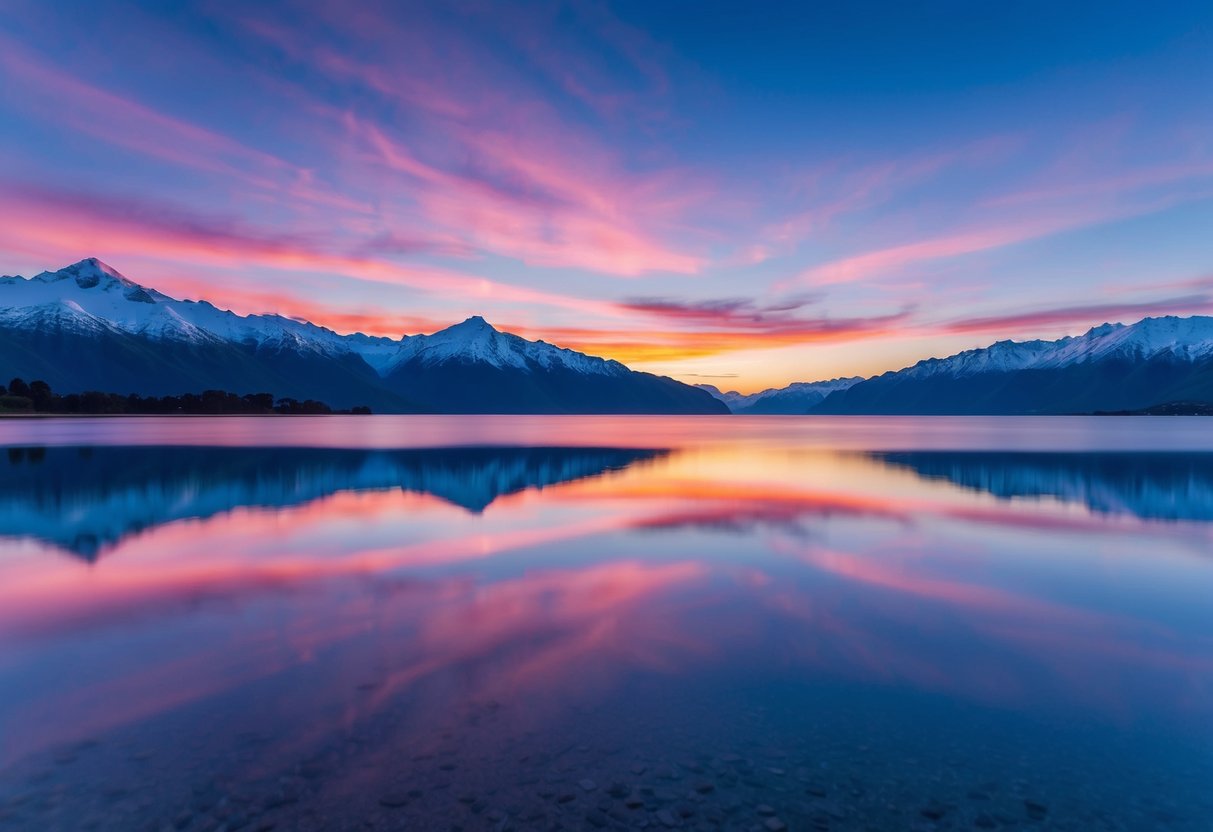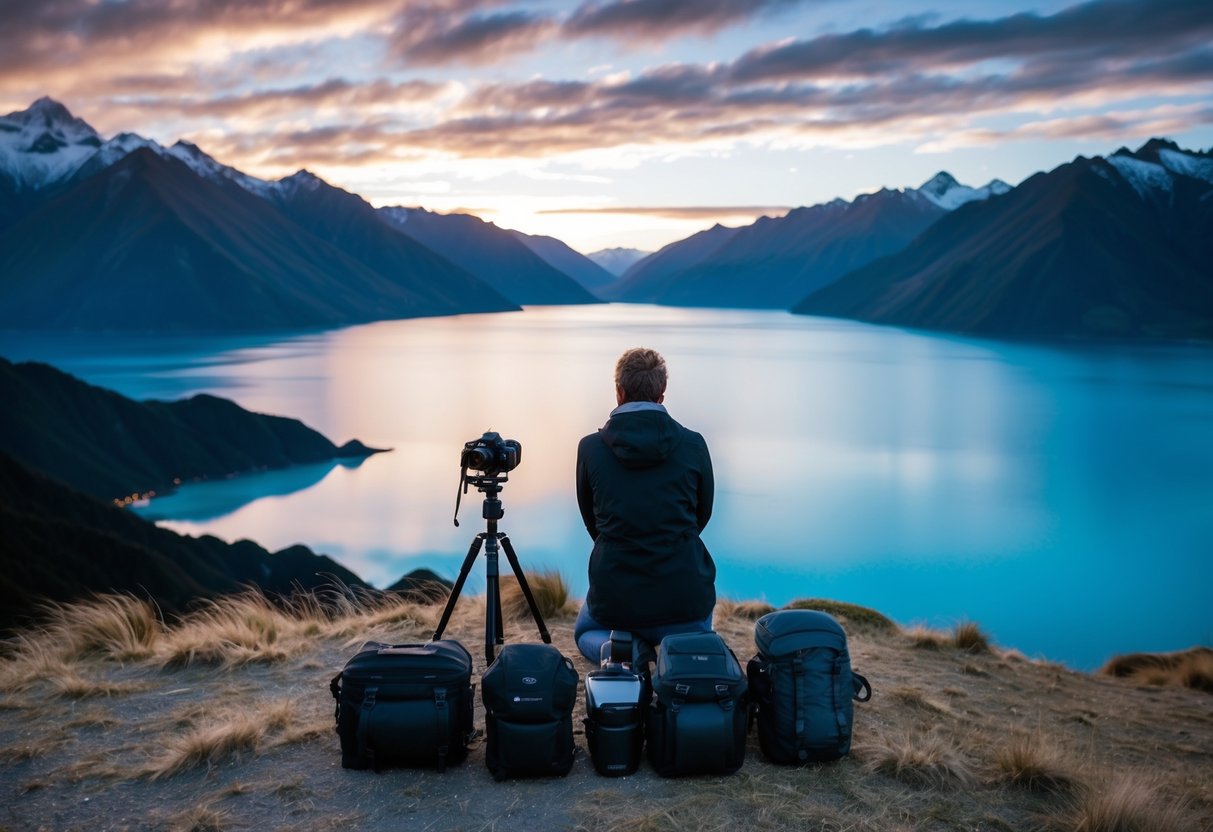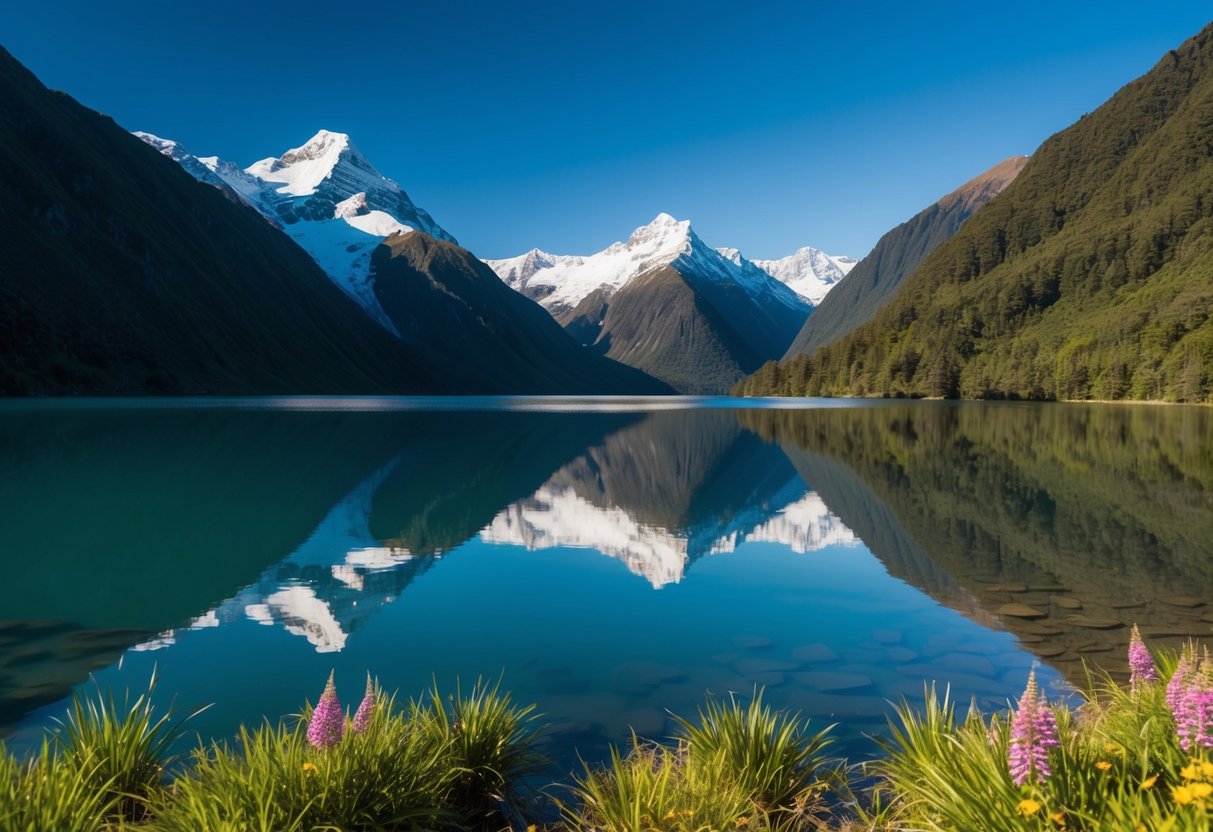
Photographers seeking breathtaking scenery will find New Zealand to be a paradise for landscape photography. Its diverse geography, comprising verdant forests, majestic mountains, and stunning coastlines, offers countless opportunities for capturing nature’s splendor. From the iconic views of Milford Sound to the rugged beauty of Tongariro National Park, photographers can discover unparalleled locations that promise unforgettable images.
Each region of New Zealand presents unique landscapes and photography challenges. The South Island’s Fiordland National Park, renowned for its dramatic fjords and cascading waterfalls, is a prime destination for those looking to capture raw natural beauty. The North Island doesn’t lag, boasting geothermal wonders and lush landscapes that blend effortlessly, inviting photographers to explore and create.
Beyond the renowned sites, lesser-known gems await discovery by the keen-eyed photographer. These hidden treasures offer chances to capture images free from the crowds, allowing for a more personal connection with the natural environment. By venturing slightly off the beaten path, photographers can find tranquil spots that showcase the serene and untouched elements of New Zealand’s diverse landscapes.
Preparing Your Photography Gear

When photographing New Zealand’s landscapes, selecting and preparing the proper equipment ensures you capture breathtaking shots. A reliable camera with versatile lenses, essential accessories like a tripod, and filters significantly enhance your outdoor photography experience.
Choosing the Right Camera and Lenses
A mirrorless camera is ideal for landscape photography due to its lightweight design and high image quality. Pairing it with a wide-angle lens offers sweeping views that capture expansive scenes, perfect for New Zealand’s vast landscapes.
Telephoto lenses, on the other hand, are crucial for capturing distant subjects, such as wildlife or distant mountains. It’s important to select lenses with image stabilization to reduce blurriness when shooting without a tripod. Maintaining a good balance between portability and functionality is key, as it allows photographers to explore rugged terrains with ease.
Essential Accessories for Outdoor Photography
A stable tripod is indispensable when shooting landscapes, especially in low-light conditions like sunsets or under the stars. It helps maintain camera stability for sharp, clear photos. An ND filter is beneficial for controlling light exposure, enabling long exposures that create stunning effects like smooth water or clouds.
Additional accessories, such as spare batteries and memory cards, ensure you’re prepared for long days of shooting. A weather-resistant camera bag protects gear from the elements, essential when navigating New Zealand’s unpredictable weather. The right accessories make a considerable difference in the quality and success of landscape photography endeavors.
Understanding Natural Light in Photography

Natural light shapes a photograph’s mood and clarity. Capturing the right conditions, like during the golden hour, can transform a scene. Mist and atmospheric conditions add depth and mystery, enhancing the visual impact.
Harnessing the Golden Hour
The golden hour occurs shortly after sunrise or before sunset, creating soft and warm light that enhances landscape photography. During this time, shadows are elongated, and the light is diffused, minimizing harsh contrasts. It lends itself beautifully to capturing New Zealand’s diverse landscapes, from lush hillsides to dramatic coastlines. Photographers often find that the gentle illumination during these periods helps bring out the natural colors and textures of the earth and sky.
Timing is crucial, as the golden hour can last anywhere from 20 minutes to over an hour, depending on location and time of year. Setting up in advance ensures readiness to capture the fleeting magic. Utilizing this period means planning compositions that highlight unique geographical features. Careful attention to light direction and its interaction with subjects can greatly enhance the mood and ambiance of the images.